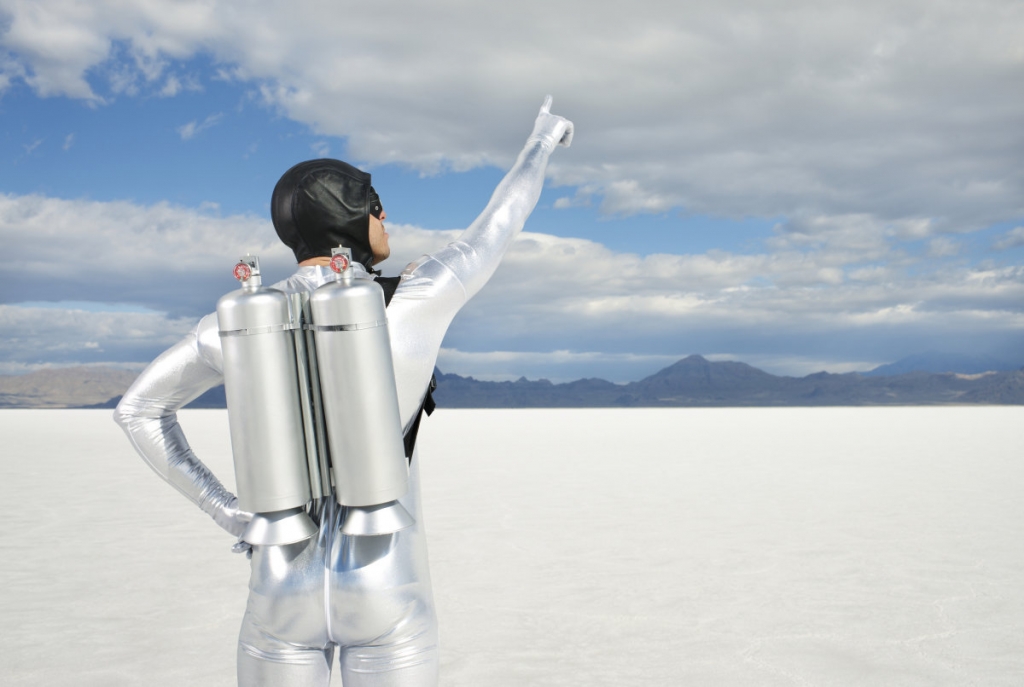-
Tips for becoming a good boxer - November 6, 2020
-
7 expert tips for making your hens night a memorable one - November 6, 2020
-
5 reasons to host your Christmas party on a cruise boat - November 6, 2020
-
What to do when you’re charged with a crime - November 6, 2020
-
Should you get one or multiple dogs? Here’s all you need to know - November 3, 2020
-
A Guide: How to Build Your Very Own Magic Mirror - February 14, 2019
-
Our Top Inspirational Baseball Stars - November 24, 2018
-
Five Tech Tools That Will Help You Turn Your Blog into a Business - November 24, 2018
-
How to Indulge on Vacation without Expanding Your Waist - November 9, 2018
-
5 Strategies for Businesses to Appeal to Today’s Increasingly Mobile-Crazed Customers - November 9, 2018
Dubai’s firefighters get jetpacks to tackle highrise blazes
The use of jetpack technology in the United Arab Emirates isn’t restricted to its emergency services.
Advertisement
The last time jetpacks buzzed the skies over Dubai, they were piloted by aerial daredevils-part of an action-sports promotional video meant to thrill and excite; The next time they do so, the futuristic flying machines will likely be strapped to the backs of firefighters, headed toward a blaze in one of the city’s towering skyscrapers. It is home to the world’s tallest structure, the Burj Kalifa, which rises to 2,716 feet. The city famous for its high-rise buildings hopes the technology will save lives if disaster strikes. Other skyscrapers there are in the works. Everyone was evacuated safely.
Signed on November 9 at this week’s Dubai Air Show, the agreement with Martin Aircraft secures future delivery of manned and unmanned jetpacks to the DCD, as well as a series of flight simulators, and training for Dubai’s service staff. What this amounts to is roughly 20 jetpacks (at around $35k per unit), two simulators, and complete hands-on operational training with pilots and engineers.
“Sometimes we have challenges or difficulties to reach the top floors of those buildings”, Lt. Col Ali Almutawa told the BBC. “You can not always get ladders there, and you can not always use the elevators”, he said.
As well as communicating with panicked occupants, the jetpacks designed by New Zealand manufacturer Martin Aircraft Company will be used to assess heat sources using thermal imaging cameras as well as manoeuvring heavy equipment. For now, we’re probably safer sticking with drones, and leaving the jetpack piloting to firefighters.
Advertisement
Science fiction, movies, and military testing have had people excited about jetpacks for many decades. The USA military test jetpacks in the 1950s but deemed them impractical, mostly because they use up fuel pretty quickly. These activate two ducted fans that are strong enough to propel the aircraft up to 74 km/h (46 mph) and lift the “driver” up to 1,000 meters (3,280 ft). The first models will go to emergency response teams, but a commercial model is expected to hit the market in a couple of years.





























